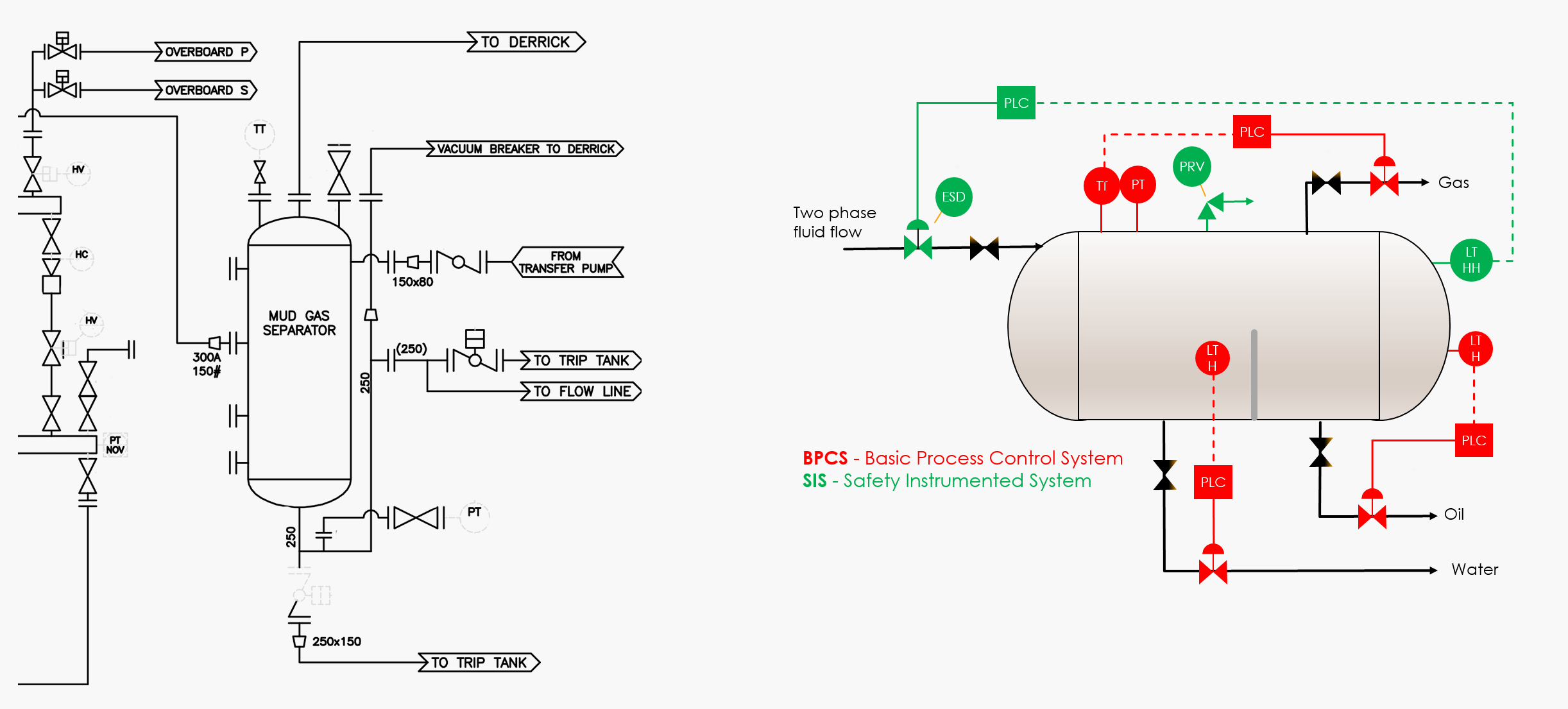HAZards & OPerability
Hazards and Operability analysis (HAZOP) is a “guide word examination” in which a multi-discipline team systematically searches for deviations from the design intent. To facilitate the examination, the system is divided into Nodes, in such a way that the design intent for each Node can be adequately defined. Nodes are placed on the primary flow stream. B&I uses The International Standards Organization methodology ISO 61882 hazard and operability studies (HAZOP studies) – Application guide to identify credible process deviations arising from:
- Human factors
- Control failure, and
- Equipment failure
The size of each node is chosen to reflect the novelty and complexity of the system, and the severity of the hazards. More complex systems, or those which present a high hazard, are made smaller to increase rigor in guideword application. Simpler sections, or those which present low hazards, shall use larger parts to expedite the study.

